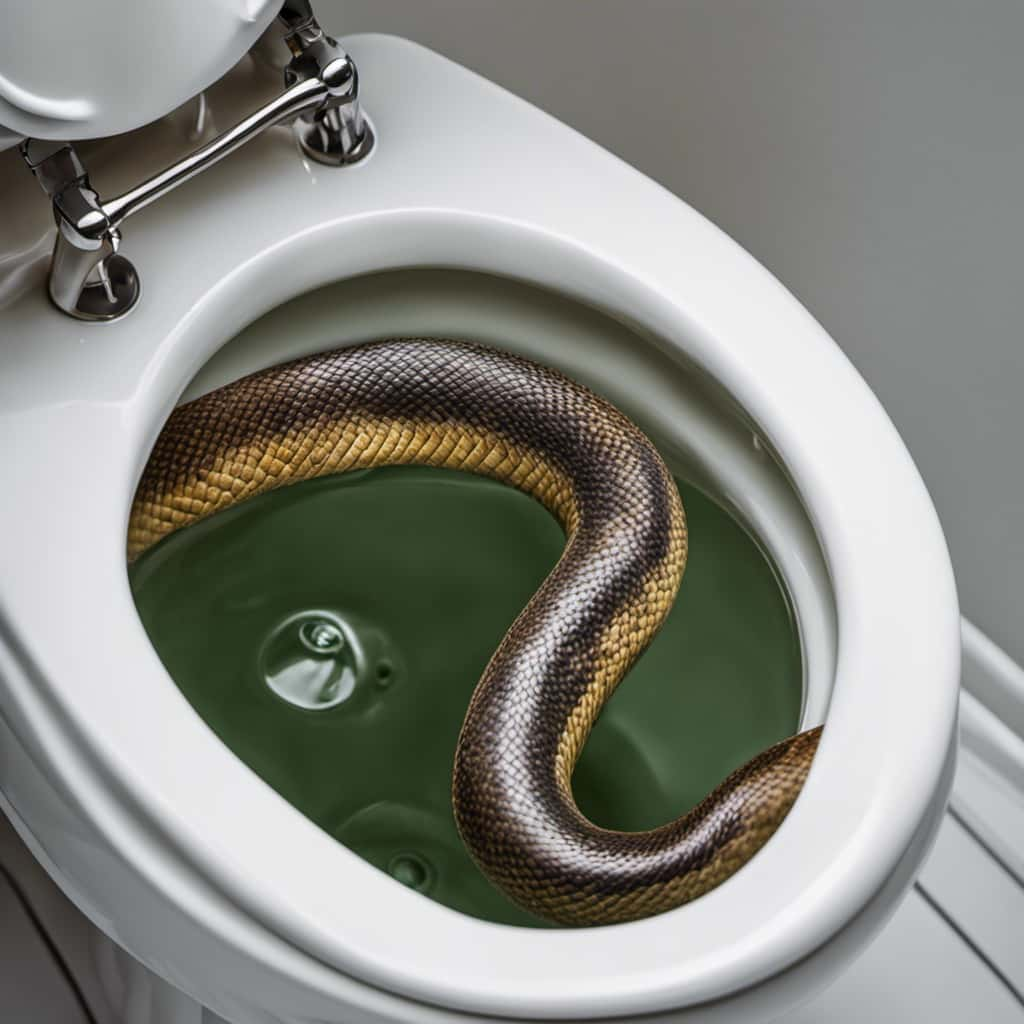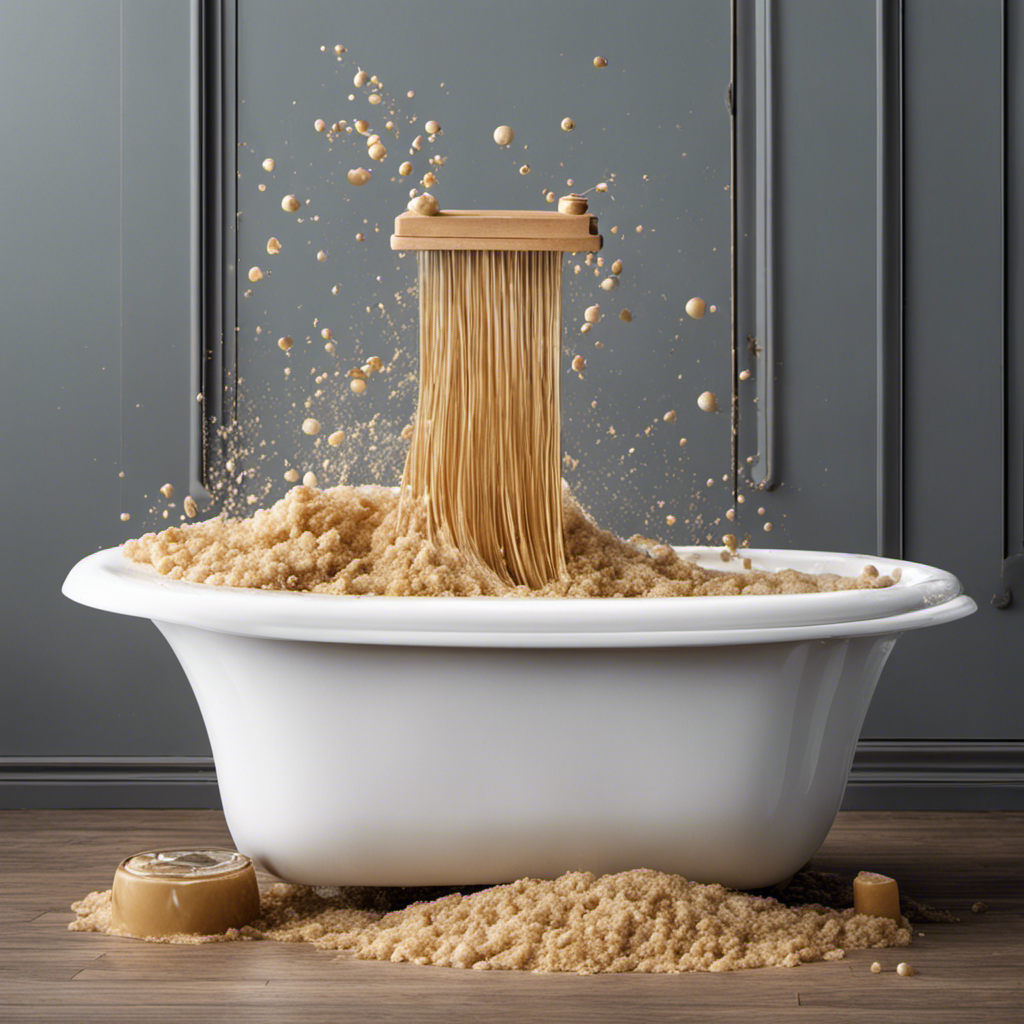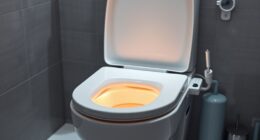Have you ever thought about whether a clogged toilet can overflow without being flushed? Allow us to illustrate for you.
Picture this: you’re standing in your bathroom, and suddenly, water starts rising ominously towards the brim of your toilet bowl. Panic sets in as you realize that the clog might be causing an overflow.
In this article, we’ll explore the common causes, the impact of clog location, and how water pressure contributes to toilet overflows.
Get ready to master the art of preventing toilet overflows!

Key Takeaways
- Excessive toilet paper usage and flushing non-flushable items can cause clogs and potential toilet overflows.
- Regular cleaning of the toilet and pipes, as well as installing a drain strainer, can help prevent clogs.
- Signs of a potential clogged toilet include water rising to the brim, slow drainage, and gurgling sounds in the pipes.
- Prompt action and maintenance are important to prevent toilet overflows, potential water damage, and costly repairs.
Common Causes of Toilet Overflows
Common causes of toilet overflows include blockages, malfunctions, and excessive use of toilet paper.
A blockage can occur when foreign objects, such as paper towels or sanitary products, are flushed down the toilet. These items can get stuck in the pipes, preventing water and waste from flowing freely.
Malfunctions, such as a faulty float valve or a broken flapper, can cause the toilet to continuously run and eventually overflow.
Excessive use of toilet paper can also contribute to toilet overflows. When too much toilet paper is used in a single flush, it can overwhelm the plumbing system and lead to clogs.

To unclog a toilet, you can try using a plunger or a toilet auger. If these methods don’t work, it may be necessary to call a professional plumber for assistance.
Impact of Clog Location on Toilet Overflow
We have found that the location of a clog can greatly impact whether or not a toilet overflows without flushing.
The severity of the clog and its effect on toilet overflow are directly related. When a clog occurs closer to the toilet bowl, the water has a shorter distance to travel before reaching the rim. This means that even a small clog can quickly cause an overflow if immediate action isn’t taken.
On the other hand, if the clog is located further down the drain pipe, the water has more space to flow and may not overflow as easily. However, it’s still crucial to address a clogged toilet promptly to prevent any potential overflow.
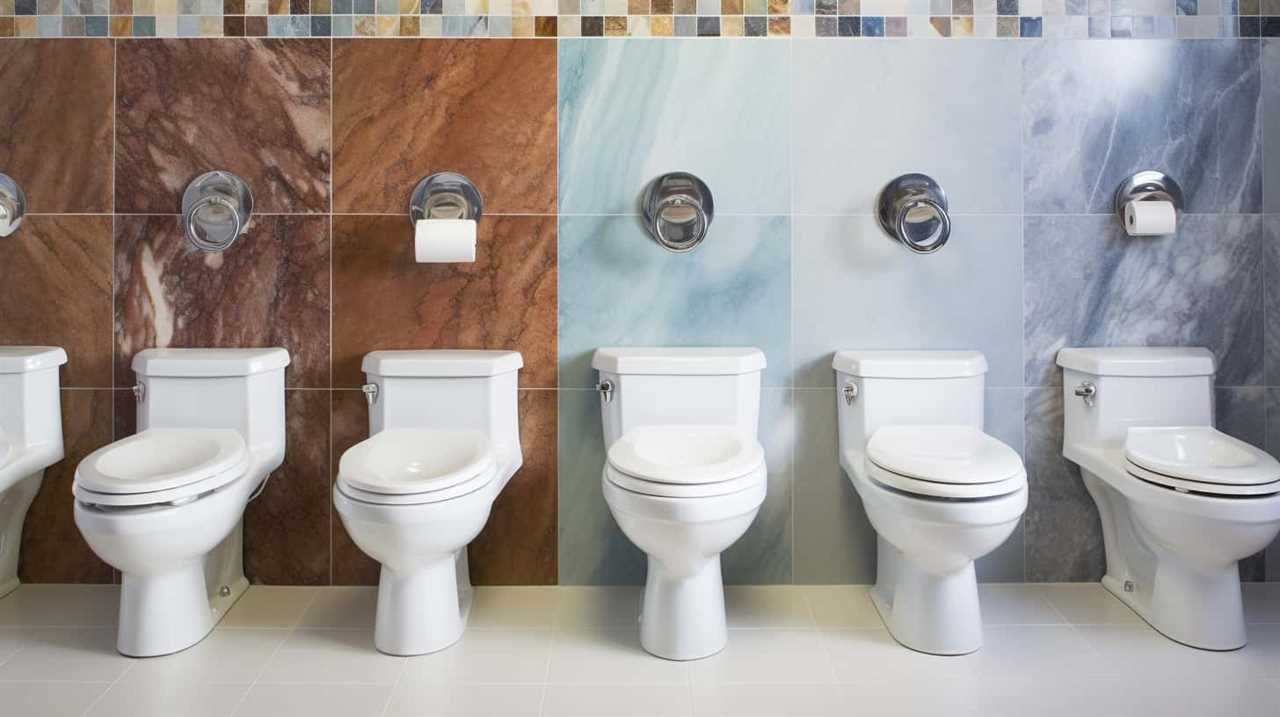
Now, let’s explore how water pressure contributes to overflow.
How Water Pressure Contributes to Overflow
Examining the role of water pressure is crucial in understanding how a clogged toilet can overflow without flushing. Water pressure plays a significant role in toilet overflow because it determines the force with which water enters and exits the bowl. When a toilet is clogged, the water pressure builds up as the flushing mechanism is unable to push the waste through the pipes. This increased pressure can cause the water to rise and eventually overflow from the bowl.
The role of gravity in toilet overflow:
- Gravity pulls the water down into the bowl, creating pressure.
- If the clog prevents the water from flowing freely, gravity continues to pull water into the bowl, causing it to rise and potentially overflow.
The importance of proper toilet maintenance:

- Regular maintenance, such as using plungers or drain cleaners, can help prevent clogs.
- Ensuring that only suitable materials are flushed down the toilet can also minimize the risk of clogs and subsequent overflow.
Understanding the impact of water pressure and maintaining your toilet properly can help prevent messy and inconvenient overflows.
Signs That a Toilet Is About to Overflow
As the water level rises, we can start to sense that a toilet is about to overflow. There are several signs to watch out for that indicate a potential overflow.
Firstly, if you notice the water level in the bowl rising higher than usual after flushing, this could be a sign of a clog.
Additionally, if you hear gurgling or bubbling noises coming from the toilet, it may indicate that air is trapped in the pipes due to a blockage.

Another sign is if the water drains slowly or not at all when you flush.
Finally, a foul odor coming from the toilet could be a sign of a clogged sewer line. These signs of a clogged toilet shouldn’t be ignored, as they can lead to an overflow if not addressed promptly.
Transitioning into the next section on prevention and maintenance tips, it’s important to be aware of these signs to take appropriate action and prevent toilet overflows.
Prevention and Maintenance Tips for Avoiding Toilet Overflows
To prevent toilet overflows, it’s important that we regularly maintain and take preventative measures. Here are some steps for maintaining a clog-free toilet:

- Proper flushing technique: Ensure that only waste and toilet paper are flushed down the toilet. Avoid flushing items like paper towels, feminine hygiene products, or baby wipes, as they can easily cause clogs.
- Regular cleaning: Keep your toilet clean by using a toilet brush and cleaner regularly. This helps prevent buildup and reduces the chances of a clog.
- Avoid excessive toilet paper: While toilet paper is designed to dissolve easily, using excessive amounts can lead to clogs. Use only the necessary amount to avoid problems.
- Regular plumbing inspections: Have a professional plumber inspect your plumbing system regularly to identify potential issues and address them before they become larger problems.
- Educate household members: Teach everyone in your household about proper toilet usage and what should and shouldn’t be flushed down the toilet.
Frequently Asked Questions
Can a Clogged Toilet Overflow if There Is No Water in the Bowl?
Yes, a clogged toilet can overflow even if there is no water in the bowl. This occurs when the blockage prevents proper drainage, causing water to back up and spill over the rim.
Can Using Too Much Toilet Paper Cause a Toilet to Overflow?
Using excessive amounts of toilet paper can lead to a clogged toilet and potentially cause an overflow. Proper toilet paper usage and clog prevention techniques are crucial in maintaining a functional plumbing system.
Can a Toilet Overflow if the Clog Is Located in the Pipes Outside of the Toilet?
Yes, a toilet can overflow if the clog is in the pipes outside of the toilet. If your toilet overflows, immediately turn off the water supply valve and call a professional plumber to fix the issue.
Can a Toilet Overflow if the Clog Is Located in the Sewer Line?
Yes, a clogged toilet can overflow if the clog is located in the sewer line. When the sewer line is blocked, water and waste have nowhere to go, causing it to overflow into the toilet.
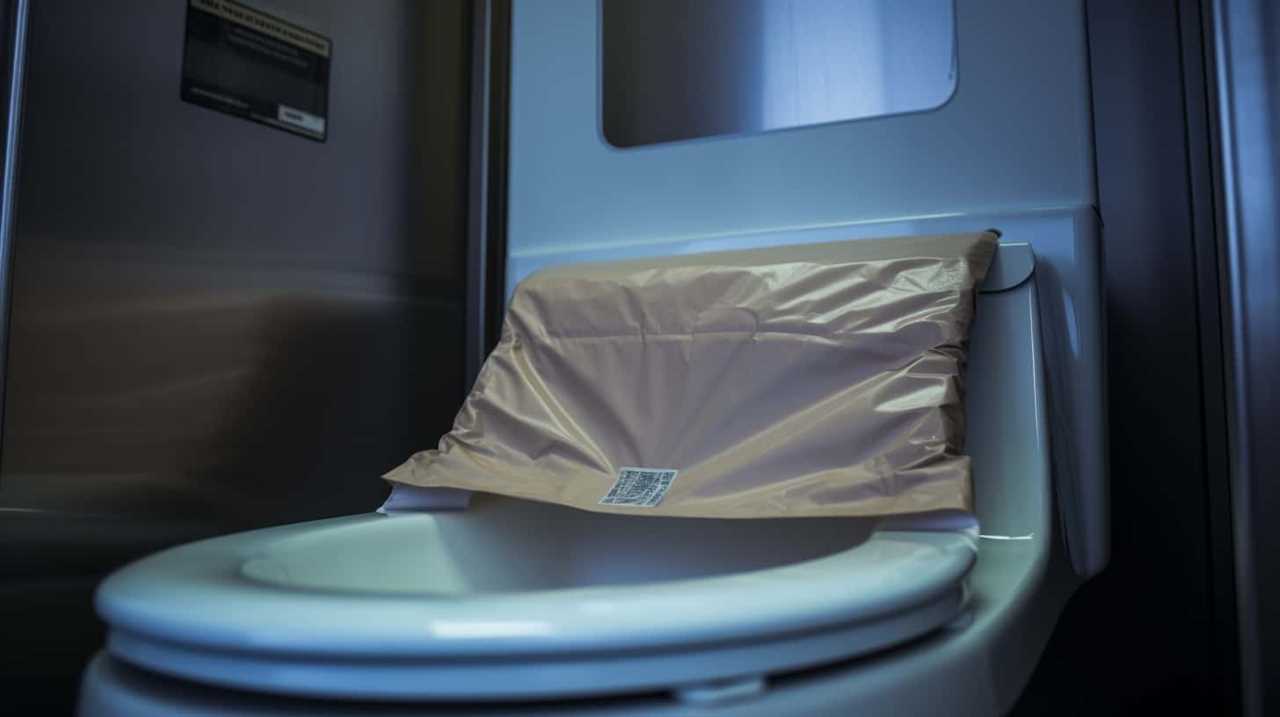
Can a Toilet Overflow if the Water Pressure in the House Is Low?
Yes, a toilet can still overflow if the water pressure in the house is low. This is because a clogged toilet can cause water to build up and overflow, regardless of water pressure. Regular maintenance can help prevent toilet overflow.
Conclusion
In conclusion, it’s crucial to understand that a clogged toilet can indeed overflow without flushing. The location of the clog and the water pressure play significant roles in causing an overflow.
By being aware of the signs and practicing regular prevention and maintenance, such as avoiding excessive toilet paper usage and using a plunger when necessary, you can prevent the dreaded toilet overflow.
Remember, an overflowing toilet isn’t only inconvenient but can also lead to costly repairs. So, take care of your toilet and avoid this messy situation at all costs!

